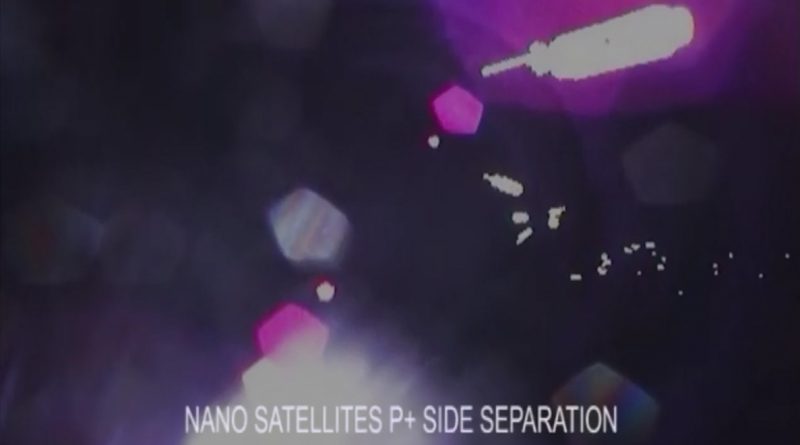Bumper-to-Bumper Traffic in Orbit – ISRO releases onboard Video of record-setting PSLV Mission
Video Credit: Indian Space Research Organization
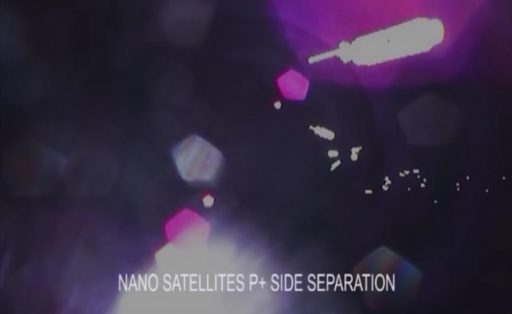
The Indian Space Research Organization released impressive onboard video of Wednesday’s record-setting launch of the country’s Polar Satellite Launch Vehicle with 104 satellites.
Although the video is of low frame-rate and resolution, it impressively showcases the flood of satellites dispatched to orbit by the workhorse rocket with a total of 103 individual separation events in just 12 minutes.
The four-stage PSLV lifted off from the Satish Dhawan Space Center at 3:58 UTC on Wednesday and arced into partly cloudy skies as it first headed to the south east to clear the island of Sri Lanka before turning westward to inject its record payload into a Sun Synchronous Orbit.
>>Read our Launch Recap for detailed Info on all passengers aboard PSLV
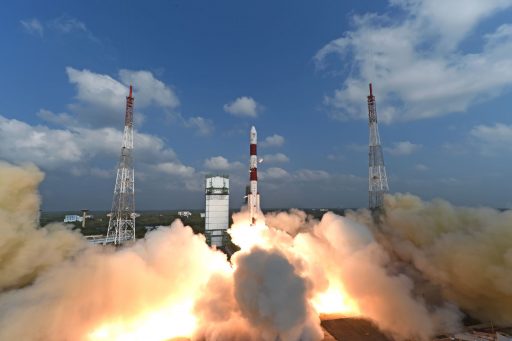
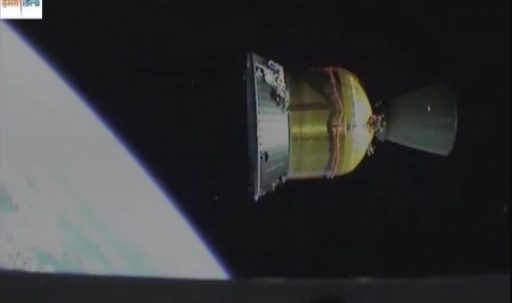
The low-frame rate video released by ISRO a few hours after the morning liftoff showed the separation of the four ground-lit and twin air-lit boosters that gave the rocket the required kick to lift its 1,378-Kilogram payload into orbit, comprised of satellites ranging from 2.4 meters in size down to just ten centimeters.
PSLV was further accelerated by its massive solid-fueled core stage and liquid-fueled second stage that were dropped in the Indian Ocean.
Stage 3 boosted the vehicle onto a sub-orbital arc and its separation, occurring at the end of a two-minute coast phase, is shown in video captured from the fourth stage of the rocket before the twin engines of the upper stage fired up for a burn of eight and a half minutes to lift the stack into orbit.
RocketCam footage then shows the release of the 714-Kilogram CartoSat-2D imaging satellite, followed ten seconds later by the release of the two INS-1A and 1B NanoSatellites into a similar direction. The fourth stage then maneuvered into a different attitude before unleashing a flood of CubeSats with 101 satellites departing the launch vehicle over the course of a ten-minute and ten-second sequence.
Onboard video shows CubeSats quickly drifting away from the rocket, appearing as a sea of bright dots against the dark backdrop of space. Sensors in the 25 QuadPacks tasked with deploying the CubeSats confirmed that all separation events had occurred as scheduled, marking full success for the PSLV C37 mission – the 39th launch of the Indian Workhorse and a new world record for the most satellites launched aboard a single rocket.
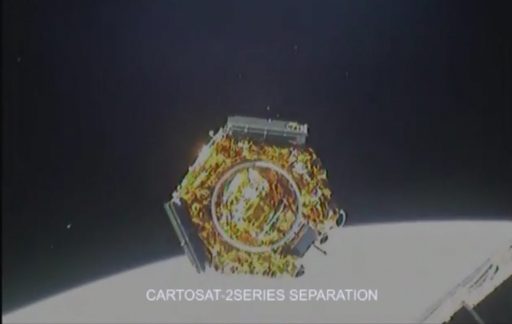
In the hours after deployment, all satellites released from PSLV circled the Earth in a dense cloud, slowly expanding over a period of days and weeks as the individual satellites drift apart. The close separation also represents a challenge in the identification and cataloging through ground-based tracking.
The PSLV C37 flock moved through the visibility area of a U.S. Space Surveillance site in California around 65 minutes after launch and ground-based radars detected the large cloud of satellites. The 2.5-meter tall CartoSat-2D and the spent fourth stage of the PSLV were easy to pick out given their relatively large radar cross section, but getting a fix on each of the small satellites’ orbit was expected to require more than one pass over ground-based sensors.
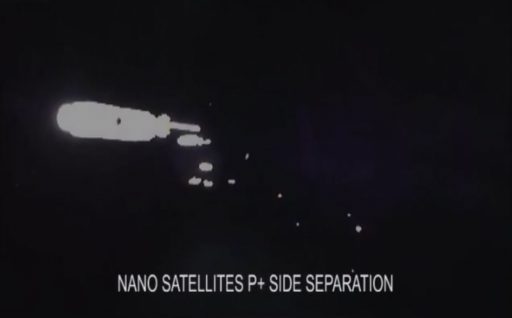
Orbital data for CartoSat-2D shows it in an orbit of of 493 by 505 Kilometers, inclined 97.5 degrees – confirming the on-target injection by PSLV which, for the first time, relied on the Indian Regional Navigation Satellite System for onboard orbit determination after a successful demonstration in December.
PSLV’s fourth stage was found in an orbit of 474 by 494 Kilometers after its end-of-mission maneuvers, and, at the writing of this article, another five objects related to this launch were cataloged, all in similar orbits around 492 by 505 Kilometers. It will likely take a number of days or even weeks to identify each of the satellites and assign them a firm catalog number.
While Space Surveillance Operators began the tedious task of identifying the satellites, spacecraft operators around the world were already listening for signals from their satellites.
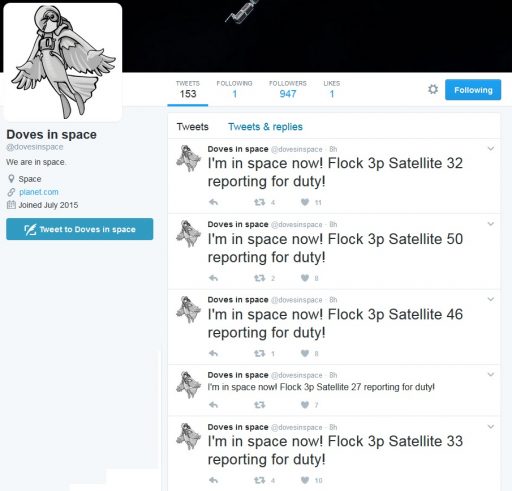
The 88 Satellites belonging to Planet’s Flock-3p of Earth-imaging CubeSats checked in with ground stations in Russia, Kazakhstan and South Africa in their first three laps around Earth. All were accounted for around five hours after liftoff, confirming the full set had made it into orbit in a functional state, ready for three months of commissioning before entering operational services as part of Planet’s ‘orbital line scanner’ using 100 satellites in Polar Orbit plus 44 in a 51.6-degree orbit to image the entire surface of Earth every single day.
Spire Global, the second company with constellation satellites on PSLV, did not explicitly confirm reception of signals from their eight Lemur-2 satellites, but did declare launch success. Outfitted with atmospheric-sensing and ship-tracking instruments, Lemur-2 serves two diverse areas on the commercial market, currently with 29 satellites in orbit.
The five-non constellation CubeSats aboard the C37 mission have also begun their missions dedicated to technology demonstrations, microgravity research, and education. PEASSS, Europe’s ‘Smart Structures Satellite’ has established contact with the ground and the DIDO-2 miniature biochemistry/biotechnology lab has also checked in with its operators. Nayif-1, the first NanoSatellite of the United Arab Emirates, also reported in for duty, hosting an amateur radio payload.
No information on the status of the Israeli BGUSat and the Kazakh Al-Farabi-1 student satellites were available as of 15 UTC on Wednesday.

